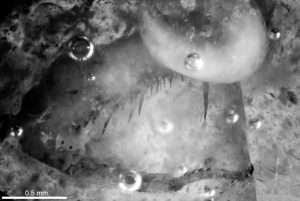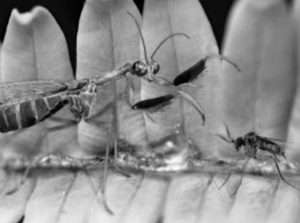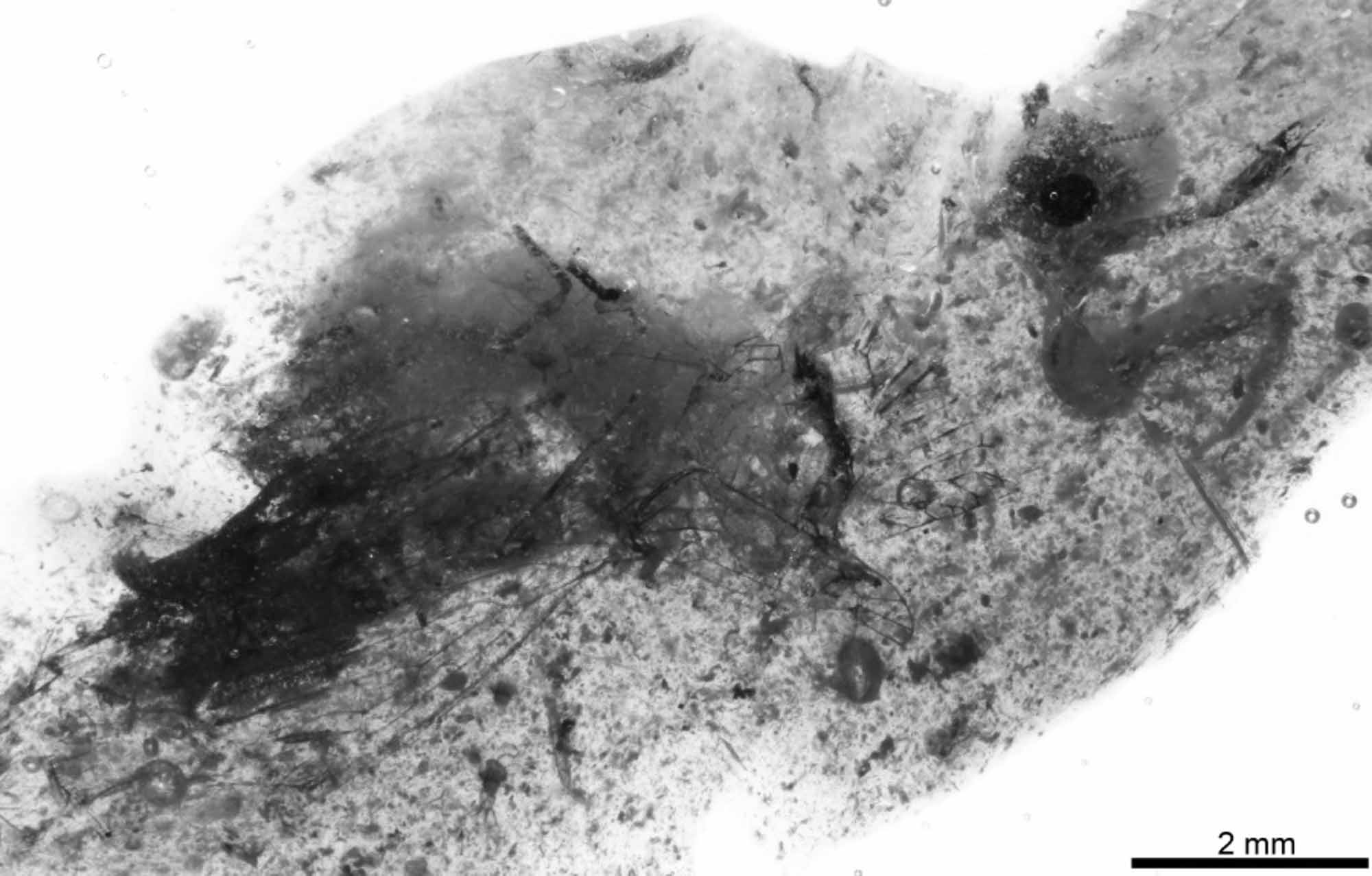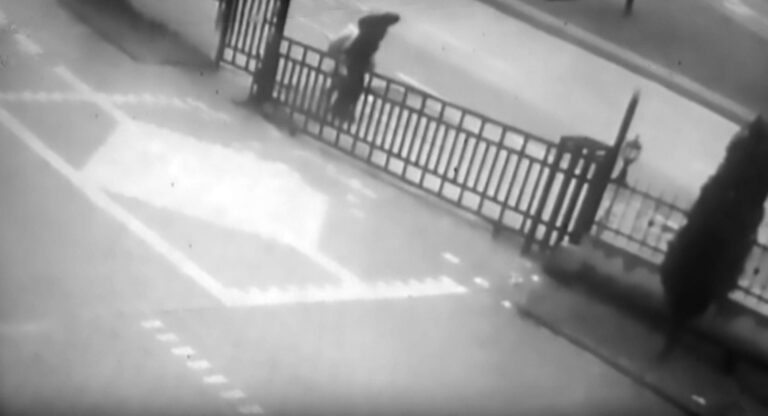A group of British and Spanish scientists have discovered a new species of predatory insect that stalked its prey 105 million years ago inside a block of amber like in the Steven Spielberg classic ‘Jurassic Park’.
According to local media, scientists from the Oxford University Museum of Natural History and colleagues from the Geominero Museum in the Spanish capital Madrid have called the prehistoric mantidfly ‘Aragomantispa lacerate’.

The mantidfly, also known as mantispidae, mantispids and mantid lacewings, was found in a block of amber discovered in San Just in the province of Teruel located in the north-western Spanish region of Aragon.
The experts confirmed that the insect appears similar to a mantis, but said that it is not part of the same family and is a prehistoric mantidfly, predatory insects with spiny raptorial forelegs for catching prey.
According to Geominero Museum palaeontologist Enrique Penalver, the latest discovery, published in the Scientific Reports journal, is “key to understanding how raptorial forelegs evolved in this fascinating group of specialised predatory insects”.
Today, there are around 400 species of mantidflies and only four live in Iberia.
Expert Ricardo Perez de la Fuente, from Oxford University’s Natural History Museum, confirmed it was “the first fossilised mantidfly found on the Iberian Peninsula”.

He also said: “The discovery reveals how the mantidflies inhabited this region over 100 million years ago when it was a lethal predator.”
Penalver said that the fossil found in the amber is 105 million years old and will form part of the palaeontological display at the Dinopolis museum in Teruel.
The find is similar to the plot of Steven Spielberg’s 1993 blockbuster hit Jurassic Park, in which industrialist John Hammond figures out how to bring back dinosaurs using DNA found in an insect that had been fossilised in amber.
However, this mantidfly amber fossil being 105 million years old means it actually dates from the Cretaceous period (145 to 66 million years ago) and not the Jurassic period that immediately preceded it (201 to 145 million years ago).
To find out more about the author, editor or agency that supplied this story – please click below.
Story By: Jonathan Macias, Sub-Editor: Joseph Golder, Agency: Central European News
The Ananova page is created by and dedicated to professional, independent freelance journalists. It is a place for us to showcase our work. When our news is sold to our media partners, we will include the link here.




